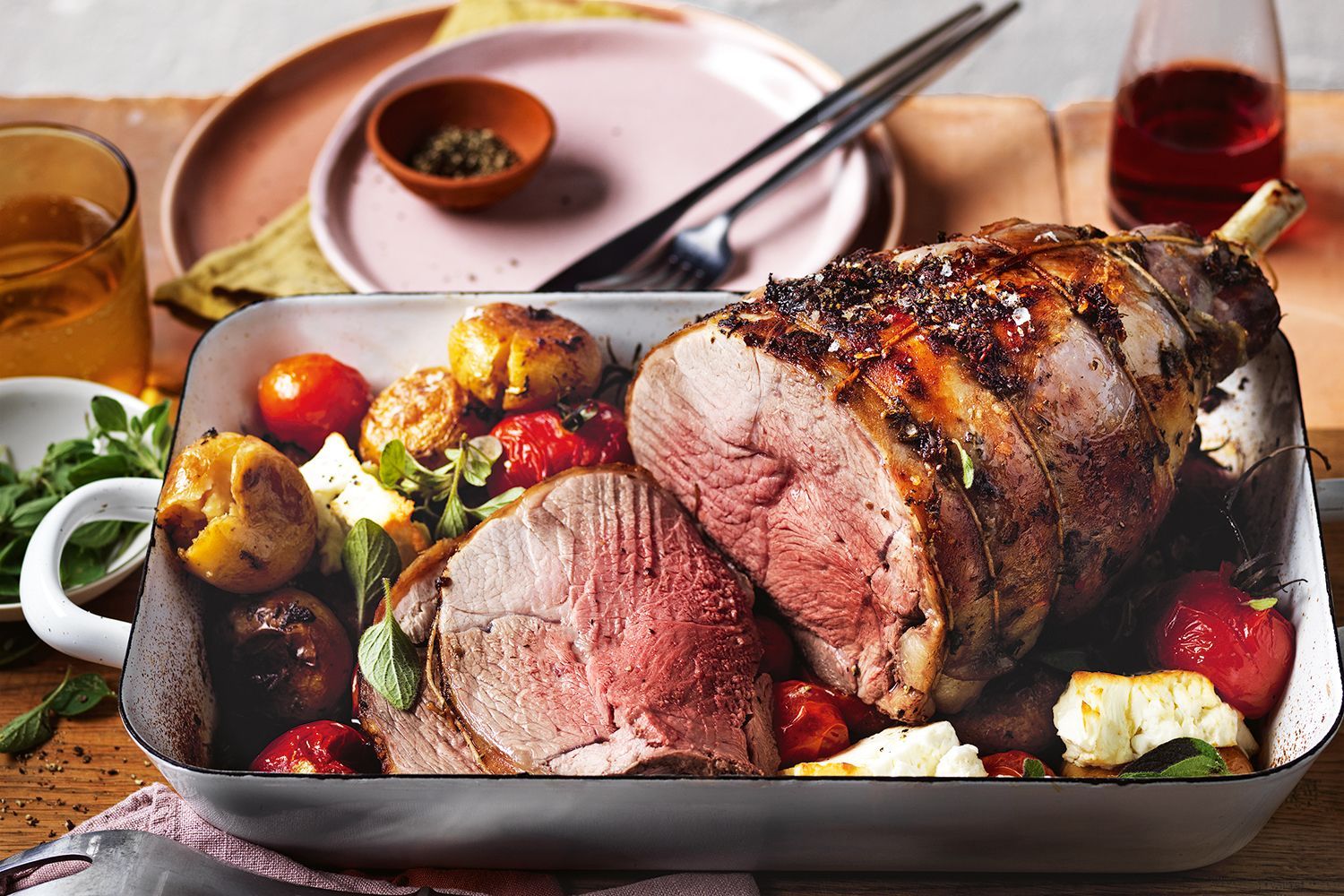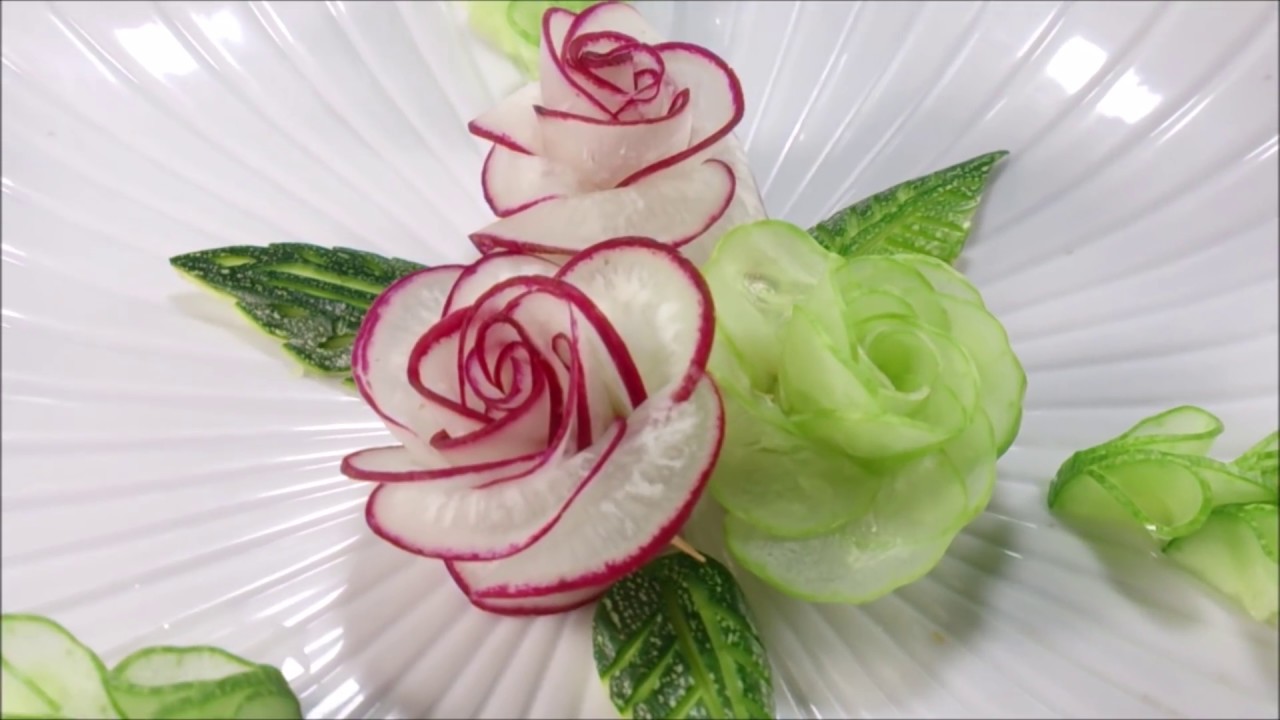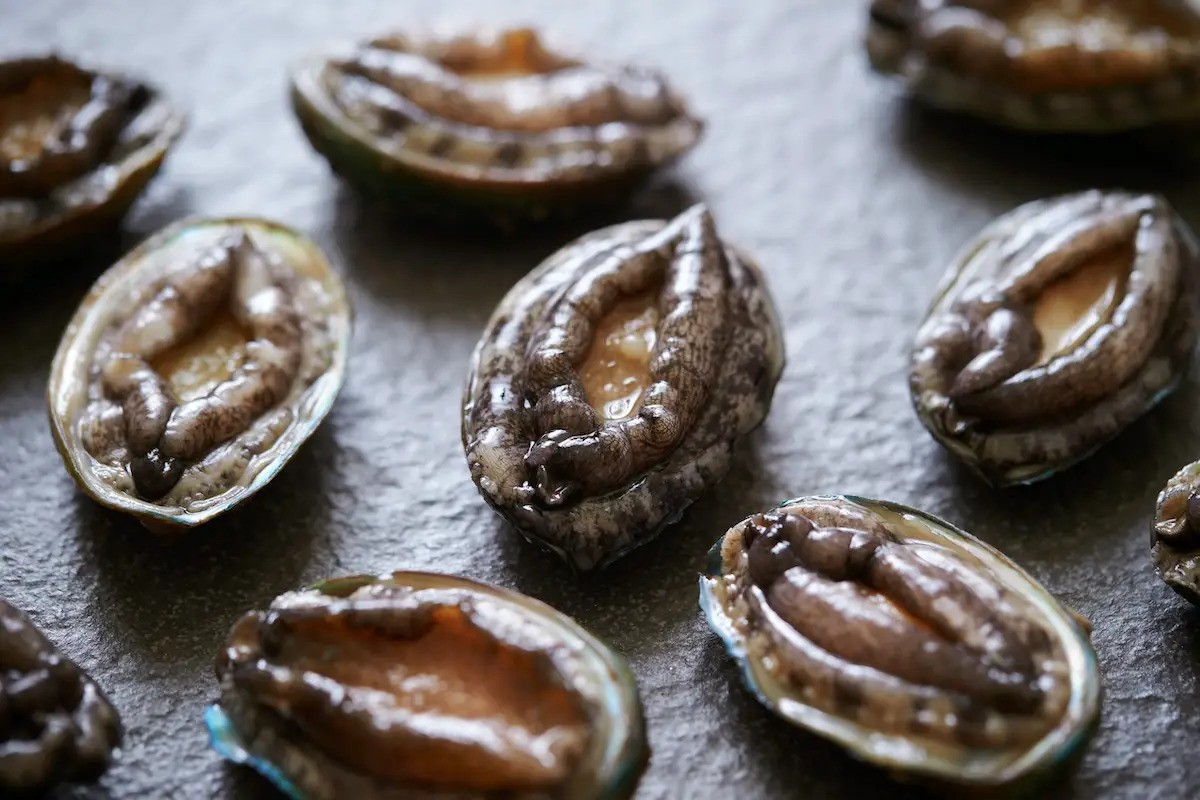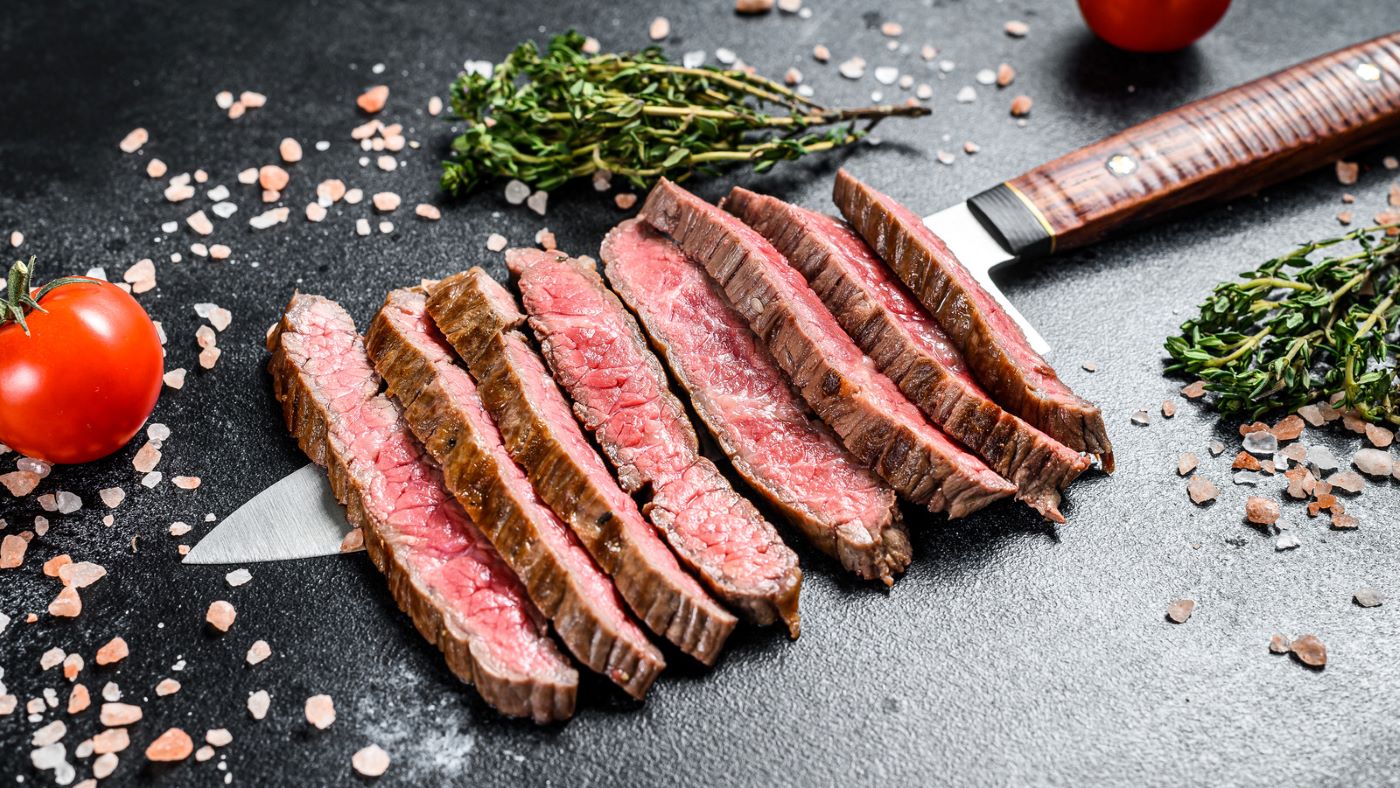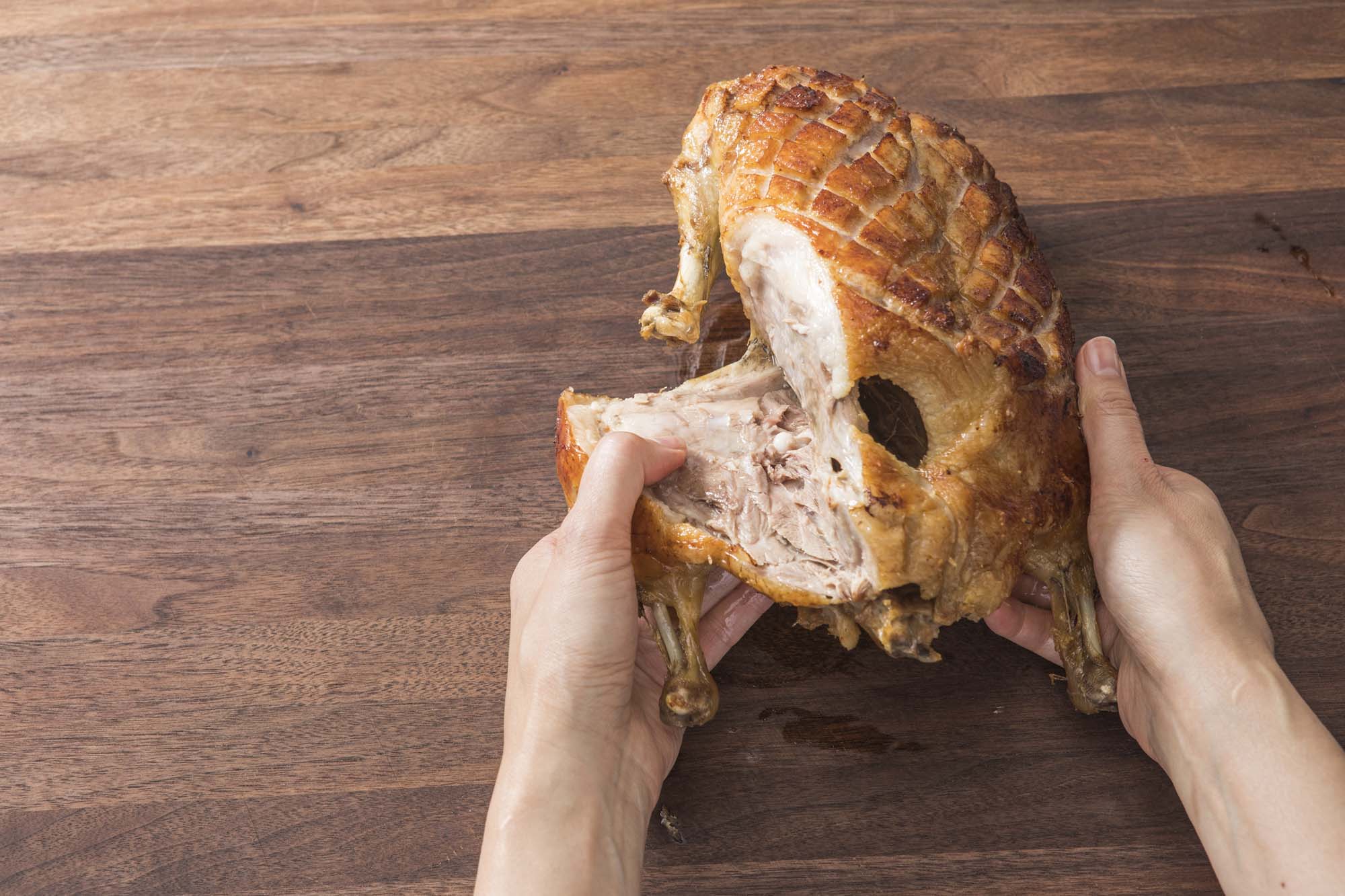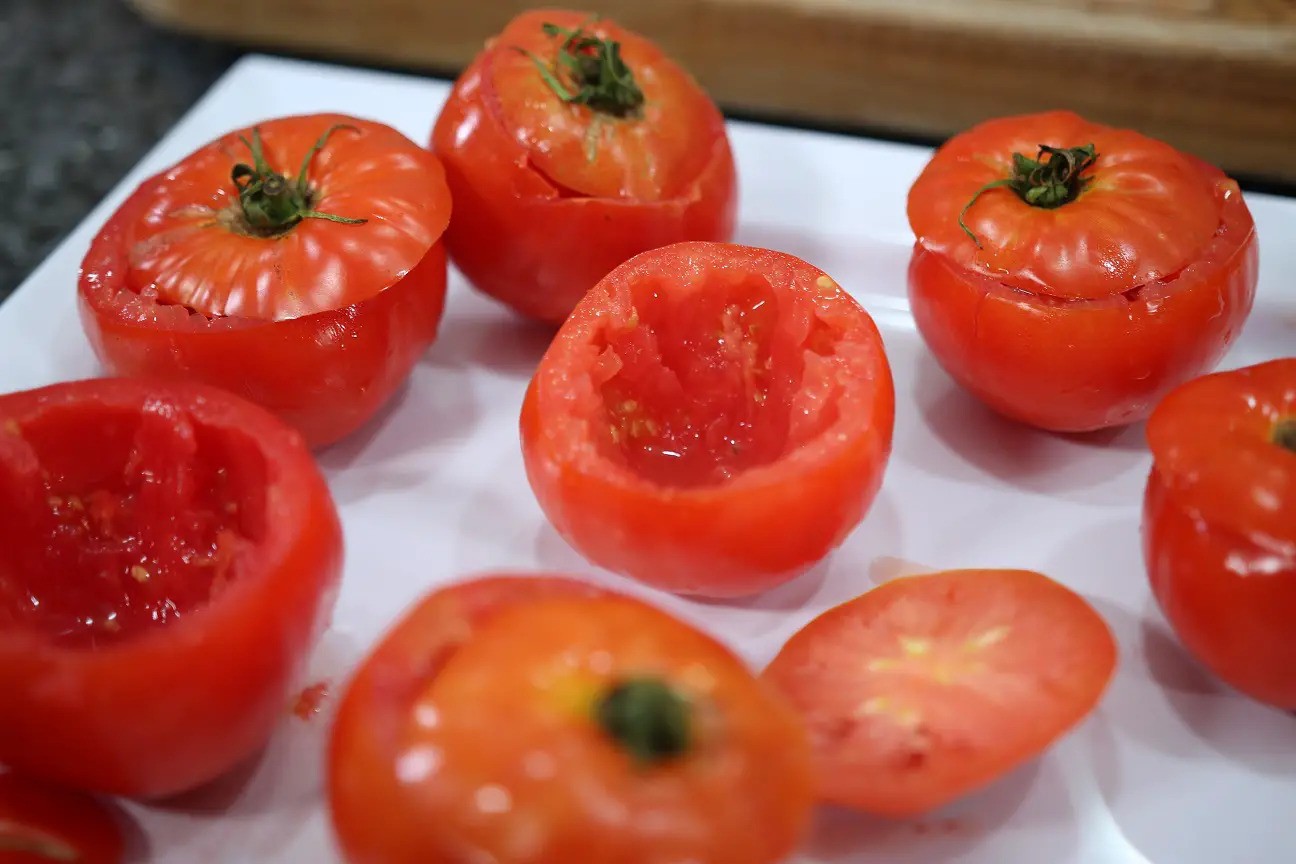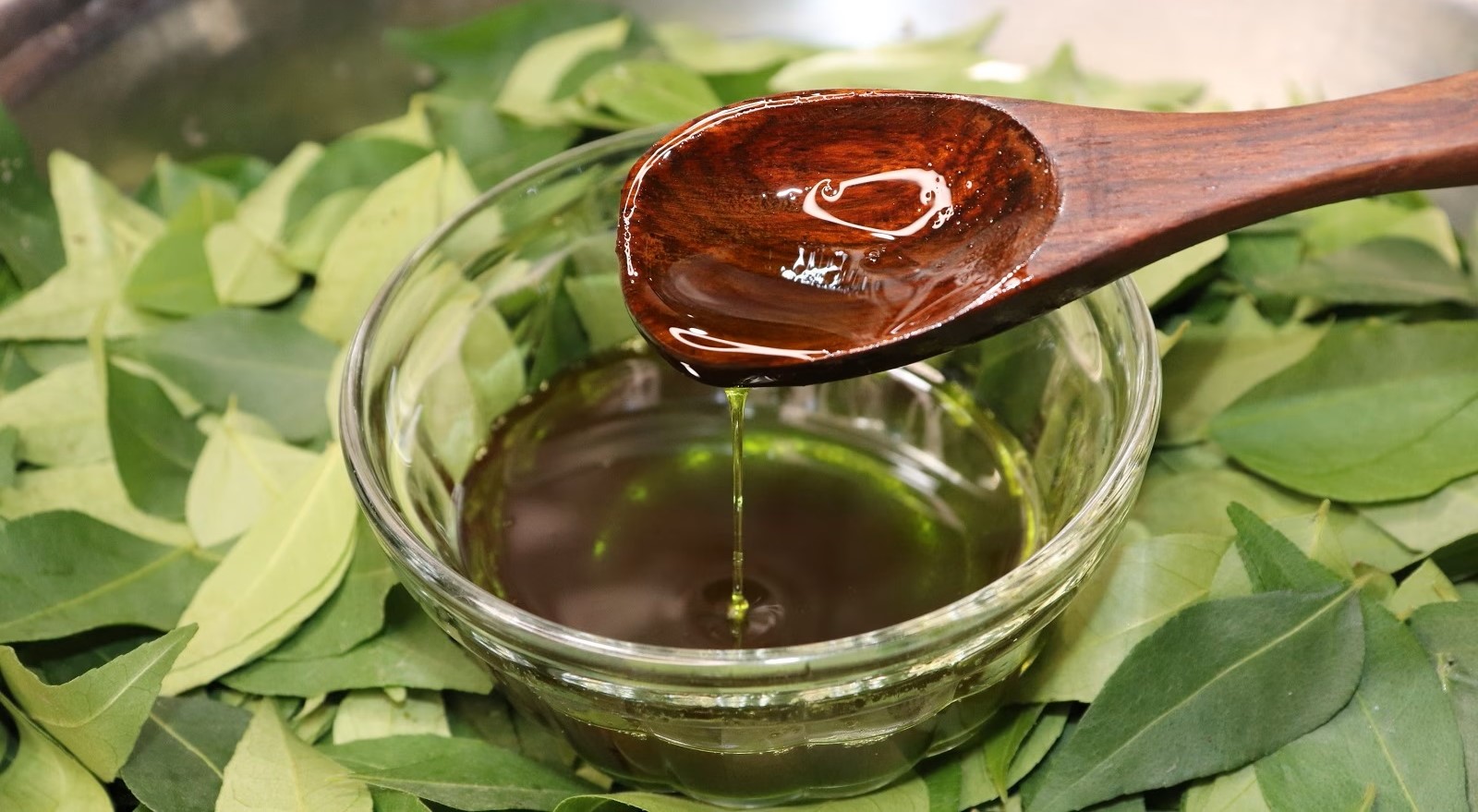How to Fill a Piping Bag with precision and finesse
As a food enthusiast, you’ve probably come across those beautifully piped creations that make your mouth water. Whether it’s perfectly frosted cupcakes or intricately designed cakes, the secret behind those eye-catching masterpieces lies in knowing how to fill a piping bag with skill and finesse. In this blog post, we’ll walk you through the step-by-step process to ensure your piped creations stand out from the crowd.
Materials Needed:
- Piping bag
- Piping tip of your choice
- Coupler (if using multiple tips)
- Filling, such as buttercream frosting, whipped cream, or ganache
- Scissors
Step-by-Step Guide:
1. Prepare your piping bag
Start by choosing the right piping bag for your project. Disposable plastic piping bags are convenient and readily available, but if you prefer a more eco-friendly option, consider reusable cloth or silicone bags. Whichever you choose, make sure it is clean and dry before starting.
If using a reusable bag, attach a coupler to the end (optional). Couplers allow you to easily switch between different piping tips without changing the bag, providing versatility and convenience. Secure the coupler tightly to prevent any unwanted leaks.
Pro tip: If you don’t have a coupler, you can simply insert your chosen tip into the piping bag and cut a small opening at the tip. However, keep in mind that this method doesn’t allow for easy tip changes.
2. Fill the piping bag
Now comes the exciting part – filling the piping bag! To ensure a smooth filling process, it’s important to fold down the top of the bag over your hand or a tall glass. This creates a sturdy opening and prevents any mixture from spilling out as you fill.
Pro tip: For greater control and clean filling, place the piping bag inside a tall glass or mason jar, folding the excess over the edges. This makes it easier to add your filling without any mess.
3. Add your filling
If you’re using buttercream frosting, whipped cream, or any soft filling, scoop it into the prepared piping bag using a spatula or spoon. Be mindful not to overfill the bag, as this can lead to messy piping and difficulty in handling.
Pro tip: If you’re working with thicker fillings, such as ganache or cream cheese frosting, it’s helpful to warm them for a few seconds in the microwave to soften them slightly. This will make the filling process smoother and easier.
4. Close and twist the bag
Once your piping bag is filled with the desired amount of filling, gently push the contents toward the tip to remove any air bubbles. This ensures a consistent flow while piping.
Next, twist the top of the bag, just above the filling, to close it off. By twisting the bag tightly, you’ll prevent any mixture from seeping out during the decorating process.
5. Test your piping bag
Before diving into your decorating project, it’s a good idea to test your piping bag to ensure it’s properly filled and the desired flow is achieved. Squeeze a small amount of the filling onto a plate or paper towel to check for consistency and adjust if needed.
Ready to Create Stunning Designs!
Filling a piping bag may seem like a simple task, but with the right techniques and a touch of practice, you’ll soon be able to achieve bakery-quality designs in the comfort of your own kitchen. Remember, patience and precision are key when it comes to filling a piping bag, so don’t rush the process. Now it’s time to unleash your creativity and get pipin’!
Was this page helpful?
Read Next: How To Break Down Whole Ducks Like A Pro
